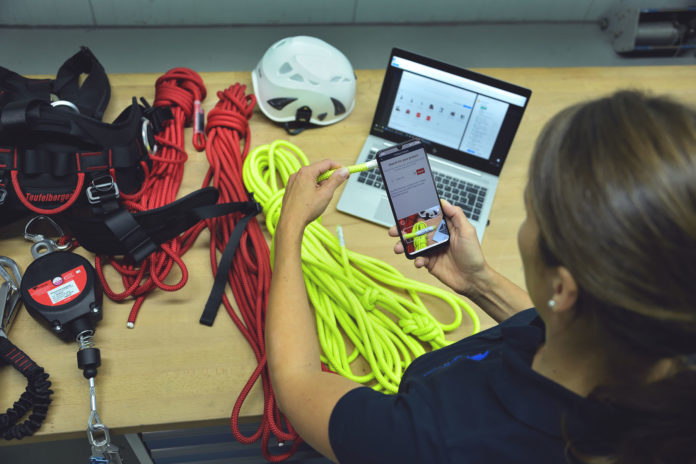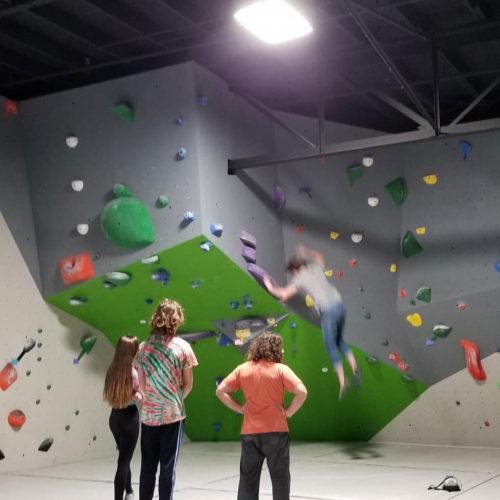
“Call 911! A climber has fallen from the top of the lead wall. I’m going over to them now, call 911!”
When responding to an accident, the question quickly becomes, “What next?” After 911 is called and medical attention is received, what happens now? How do I document this accident? How much detail do I go into? All of these are valid questions. In this article, we are going to talk about the anatomy of documenting an accident. Not just what you do, but how you do it and, even most importantly, why you do it.
Medical Attention
First and foremost, the number one priority is getting the person the proper medical attention they need. A couple of hard and fast rules governing medical attention:
- An ambulance or professional medical attention should always be offered for all injuries. If they decline, have a section on your accident report that you ask them to initial testifying that they declined medical care.
- NEVER transport the participant yourself to the hospital or to medical care.
- Don’t attempt to move anyone unless you have proper medical training like First Aid or WFR. Otherwise, only move the participant if they are in position of further danger and do not have head, neck, back or spinal pain.
Documentation: Reports, Witnesses Statements, Photos
When completing all of your documentation and reports, keep the following fact in perspective: It may be two or even six years (depending on the state) before you are served with papers naming you in a lawsuit. This is intentional from the opposing attorney! They may wait until the last several days before the statute of limitations expires hoping that with the years that have passed since the accident, staff involved are no longer there, nobody remembers the details of the accident, you may have lost the waiver, etc. That being said, all of these reports, witness statements and photos that are taken should be created in such detail that the accident could be replayed from these documents six years later.
Accident Reports: The accident report should be factual. Do not ask any opinionated questions or accusatory questions (i.e. What could have prevented this accident from happening?). Accident reports are not the place to address fixing the causation of the issue. Simple questions: Who? What? When? Where? That’s it!
Whenever possible, team members of a manager level or higher should be completing accident reports. Typically, team members at this level understand the possible long-term effects of what they write on an accident report. I would suggest an annual training facilitated by your agent/broker regarding “Dos and Don’ts of Accidents/Accident Reporting” for your management team.
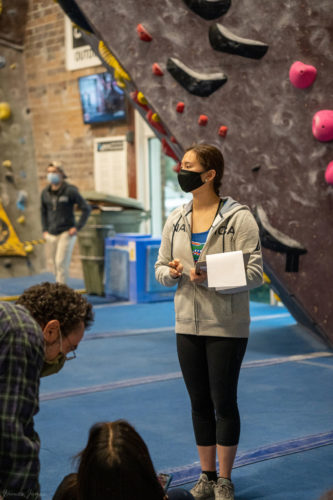
Other Reports: Go ahead and collect the following reports after the accident and put them in your file for this accident (and if you don’t have all of these, now is the time to step up your reporting game and add processes like them):
- Wall Inspection Report (most recent)
- If gym equipment is involved, your most recent equipment inspection log
- Daily Facility Inspection Log (from the day of the accident)
- Training Logs for any Employees involved in the accident
Witness Statements: Collect 2+ witness statements from any team members present for the accident and 2+ witness statements from other gym visitors who witnessed the accident (that are not family/friends with the injured party). The following information is all that should be included and nothing more:
- Name
- Contact Info (phone, address and email)
- Please describe how you witnessed the accident, in as much detail as possible
- Date
- Signature
Never ask the witness what they feel like the causation of the accident was. Let’s leave this up to the experts!
Photos/Video: Having to recreate the accident two or even six years later is a difficult task, especially if the employees or managers who were part of the accident are no longer employed by your organization. Photos and/or Video Footage make this a lot easier! If you have video surveillance, save video of the accident in your files. Here are the items you should take photos of:
- General area where the accident occurred
- Photograph all equipment that was involved in the accident
- Participant rules and procedures that are posted. (This is to document that these were in place the date of the accident. A photo allows for timestamped evidence of their existence.)
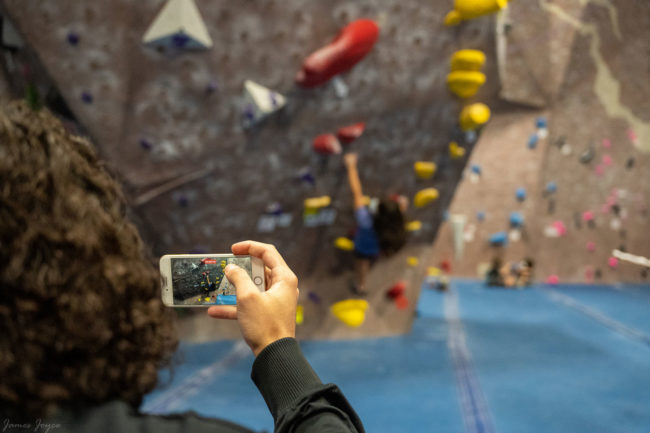
Preserving Equipment and Evidence
All gym equipment that is involved in the accident should be retired and tagged ‘DO NOT USE. EVIDENCE.” until further directed by your attorney. If you put this equipment back into circulation before being directed to do so, or before the opposing attorney has the chance to inspect the equipment, then you could be accused of “destruction of evidence”.
If an inspection is going to be done on a particular piece of equipment to see if it was functioning properly, always use a third-party inspection company other than the manufacturer. If the manufacturer is inspecting their own equipment, and they know an accident happened, the chances of them admitting product failure is very slim.
Who do I call first?
When responding to an accident, 911 should always be your first call. Then after an accident, if you work with an attorney, they should be the next person you call. This allows you to continue the “investigation under their direction” and all evidence will be secured under client-attorney privilege. If you have any questions about this, please consult with your attorney.
After that, your next call should be to your insurance agent.
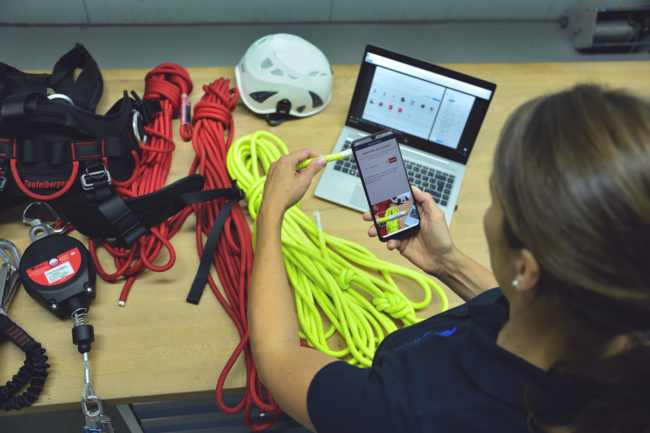
Post-Accident Follow-Up
Following up with the participant to see how they are feeling, how the medical visit went, etc. is a highly suggested practice. It means something to people when you genuinely care about them and check-in on them. Document these conversations on the back of the accident report or even have a specific section dedicated to “Post Accident Follow-Up Notes” on your report. Make sure to date these conversations. It can be wise for the person responsible for these follow-ups to be a manager, but not an owner of the business. That way if the injured party asks about insurance or how their medical bills will be paid, the person facilitating the follow-up can answer with an “I don’t know, that will be between our owner(s) and the insurance company,” and it allows you to consult your agent or broker for specific advice regarding this conversation.
The Legal Battle
Keep in mind that this whole process and legal battle could take place over many years. Some cases have been ongoing for more than six years. That being said, don’t let the process emotionally drain you. Accept that this will be a long process, stay focused on your company, and leave the legal battle and administration of it to the claims professionals and attorneys.
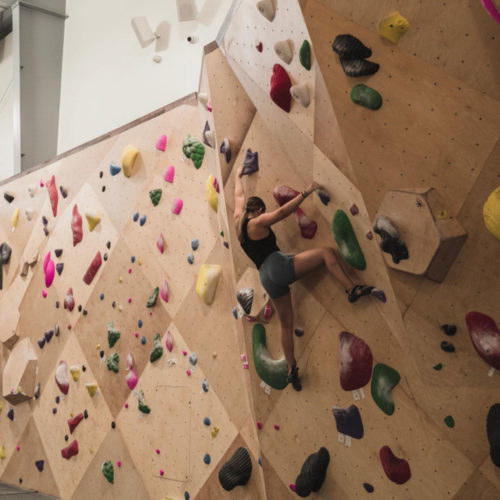
The process for the legal battle can take many shapes and forms; however, here are some very common steps that it may take:
- Initial Settlement Attempt. Most likely you will not first be notified with a legal suit. A settlement attempt will be offered prior to filing the suit. Please keep in mind that all settlement attempts should be handled by your insurance company! Not allowing them to do so could breach and void your entire insurance contract and coverage.
- Attorney Selection. While the insurance company does assign your legal counsel, you can have some input in this. I would recommend working with an attorney that has experience in this industry, who understands basic climbing gym language and is familiar with the CWA. If your insurance agent specializes in this industry, they should be able to help guide you to an attorney that has defended several cases in this industry.
- Suit. If the settlement attempt is unsuccessful or the insurance company does not think the accident warrants the requested settlement, the injured participant will file suit or it may simply go away. If the injured participant decides to move towards a suit, you will be “served” and have a certain number of days to respond. Since you only have a certain number of days to respond, it is very important and time sensitive that you get your insurance company a copy of the suit ASAP!
- Discovery. Once the response has been filed, the initial phases of discovery happen. This is when all your dirty laundry gets aired out! They may request accident reports, training logs, prior accident reports, inspections, resumes, etc. The GREAT thing is you collected all this information several years ago, because you read this article and followed the above steps! All the information they are requesting is ready to go, in its original form, and you don’t have to recall this information from memory.
- Judgement/Settlement/Verdict. The process will continue of turning over evidence, depositions, mediations, expert witnesses and studies, etc. until both parties (and/or jurors) can agree on whether the company was negligent for the accident. If so, how much at fault? Keep in mind that many cases will involve multiple parties (operator, builder, manufacturer) and assigning at-fault percentages may be part of this process.
As you can see, the anatomy of documenting an accident is a very complicated process! Correctly executing the first few steps (documentation, reports and evidence) is key to a successful outcome. As Abraham Lincoln stated, “Give me six hours to chop down a tree and I will spend the first four sharpening the axe.”
About the Author
 Ruthie Rivers is an Adventure & Entertainment Risk Consultant on the Granite Insurance team. She specializes in providing risk management and insurance solutions to the nationwide climbing gym industry and, in her past life, she was an operator in the at-height adventure tourism industry. Contact her at rrivers@graniteinsurance.com if you have any questions or would like a review of your risk management program.
Ruthie Rivers is an Adventure & Entertainment Risk Consultant on the Granite Insurance team. She specializes in providing risk management and insurance solutions to the nationwide climbing gym industry and, in her past life, she was an operator in the at-height adventure tourism industry. Contact her at rrivers@graniteinsurance.com if you have any questions or would like a review of your risk management program.
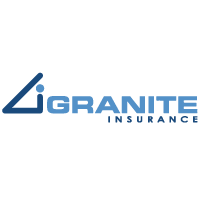
Granite Insurance’s client approach is to understand the unique needs of your business and tailor a risk management and insurance program that is designed around those needs. Granite is a part of Keystone Insurer’s Group, which is one of the largest insurance agency organizations in the United States. This resource, combined with their industry-specific expertise, makes Granite Insurance highly qualified to design and implement a risk management and insurance solution for your climbing gym. Granite has formed climbing gym-specific programs with nationwide carrier partners, and they advocate for the climbing gym community in the insurance world by focusing on client and carrier education.




